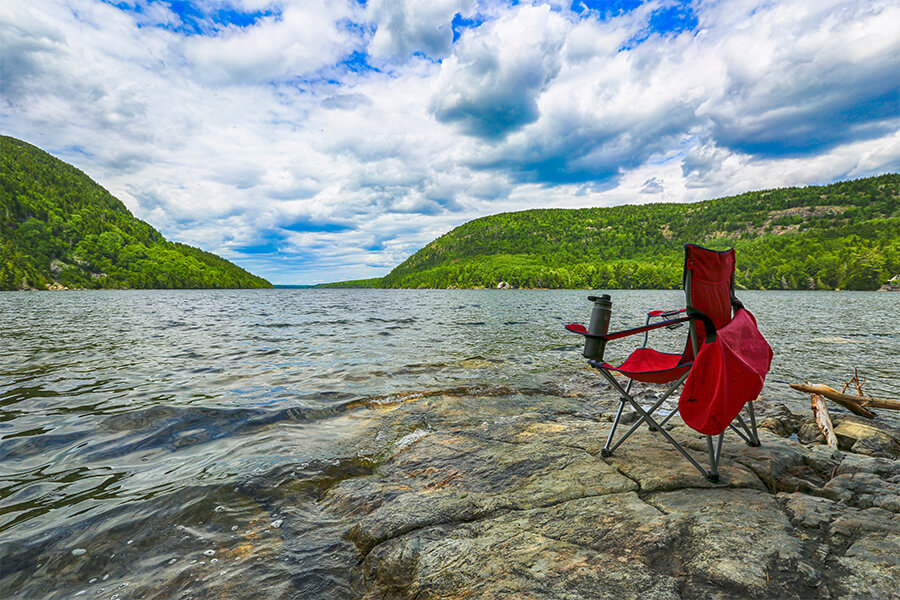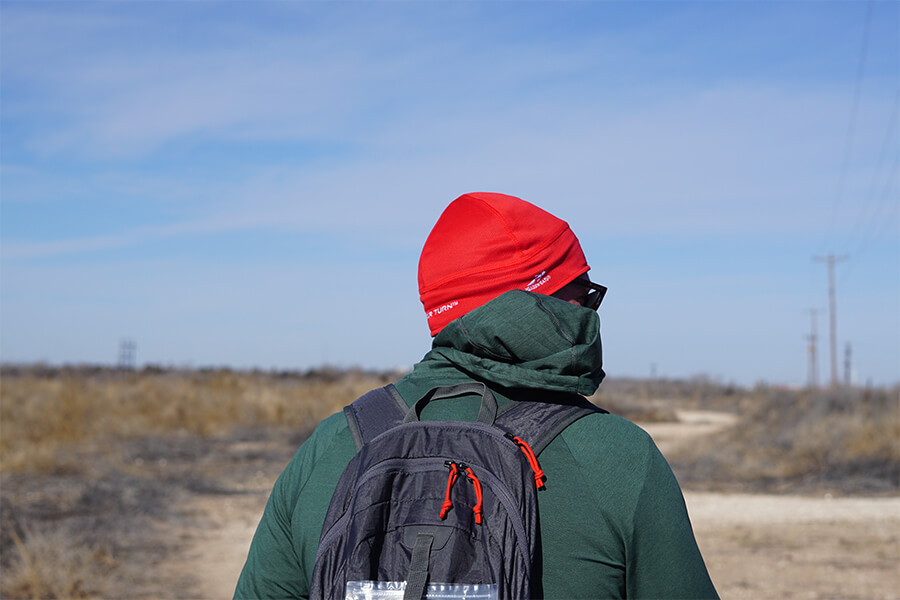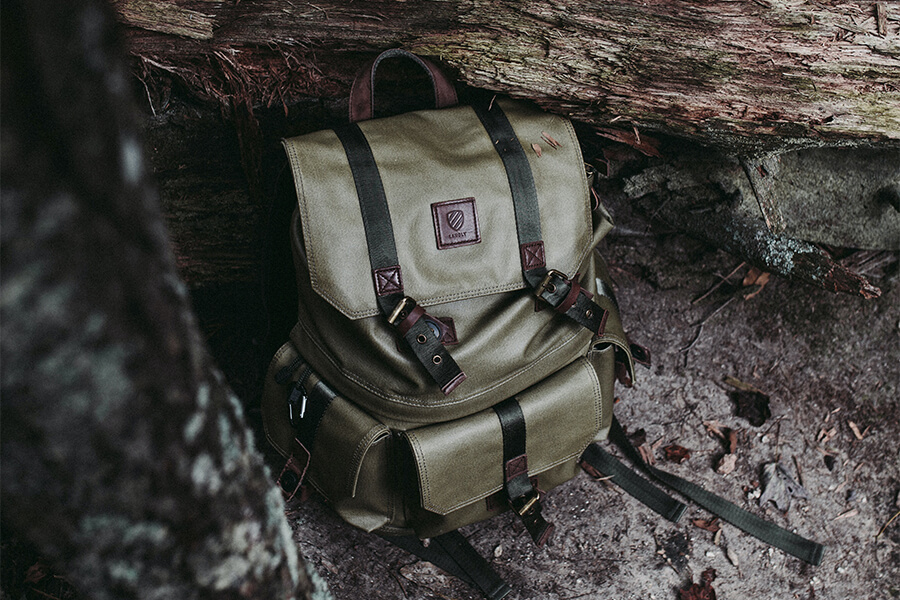Which to wear—shorts or pants—when hiking is one of the most often asked questions. Both offer benefits and drawbacks, and which is ideal for you will depend on a number of variables. We’ll thoroughly examine the advantages and disadvantages of hiking in shorts versus pants in this post to help you decide which option is best for you.
Breathability and comfort
In general, hiking shorts are more cozy and breathable than pants. Your legs can breathe thanks to the lightweight, quick-drying fabric they’re composed of, which keeps you dry and comfortable. This is crucial in hot weather or on challenging hikes when you’re likely to perspire a lot. Shorts also give you additional mobility and flexibility, which can help you travel across rocky or uneven terrain. Shorts are also less constricted, which improves airflow and lowers the chance of chafing and blisters.
Environmental defense
Conversely, pants provide greater weather protection. They totally enclose your legs, shielding them from the sun, scrapes, and insect bites. Additionally, they provide additional insulation, which keeps you comfortable on chilly days or at higher altitudes. Furthermore, some hiking pants are composed of fabrics that are water-resistant or waterproof, which can keep you dry in slick situations. Additionally, trousers provide better defense against dangerous conditions like rocky ground, prickly shrubs, and other things that might injure the legs.
Robustness
Compared to shorts, hiking pants are more robust. They can withstand rough terrain and heavy wear because they are composed of fabrics that are stronger and more tear-resistant. Additionally, they have strengthened knees, seats, and cuffs, all of which can contribute to a longer lifespan. They are therefore a better option for hikes that need a lot of off-trail or bushwhacking travel. Additionally, pants provide superior resistance to tearing and abrasion, which may lengthen their lifespan.
Adaptability
Shorts are less flexible than hiking pants. They are more adaptable for a variety of activities and weather conditions because they come in a variety of styles, including convertible pants, zippered legs, and detachable legs. The legs may be easily detached or unzipped to convert pants to shorts. You can do this to cool yourself when the sun is too hot or to adapt to changing weather conditions. Additionally, you can select the pair of pants that best suits your needs by choosing from a variety of materials, including cotton, synthetic, or a mix of both.
When deciding between hiking shorts and pants, fit is a crucial factor
Before buying, be sure to try on several pairs and walk about in them to make sure they fit properly. A proper fit is necessary for both comfort and injury prevention. Choosing the correct size is also important since tight trousers can be constricting and uncomfortable, while loose pants might become tangled in branches or rocks and present a trip danger.
In conclusion, a number of variables, such as comfort, weather protection, durability, flexibility, and fit, influence whether shorts or pants should be worn while hiking. While pants provide better resilience and protection from the weather, hiking shorts are typically more comfortable and breathable. Additionally, the variety of styles in pants allows for greater versatility. When deciding what to wear for your hike, it’s vital to keep these things in mind. You should also pack a range of clothes in case the weather changes. It’s also a good idea to pack both pants and shorts so you may switch into the proper clothing as needed.







